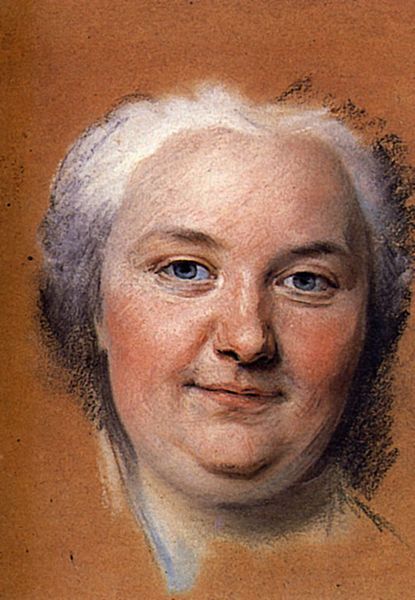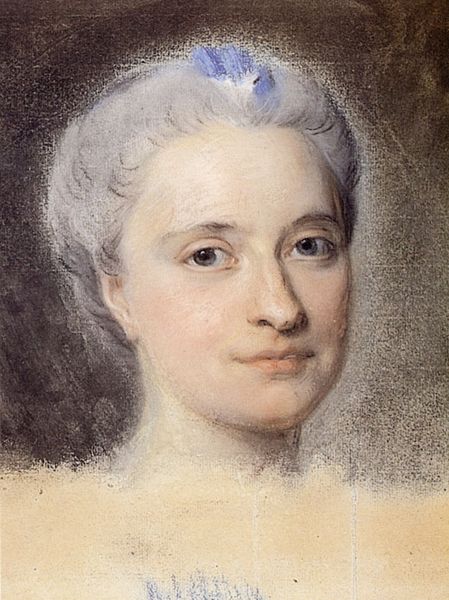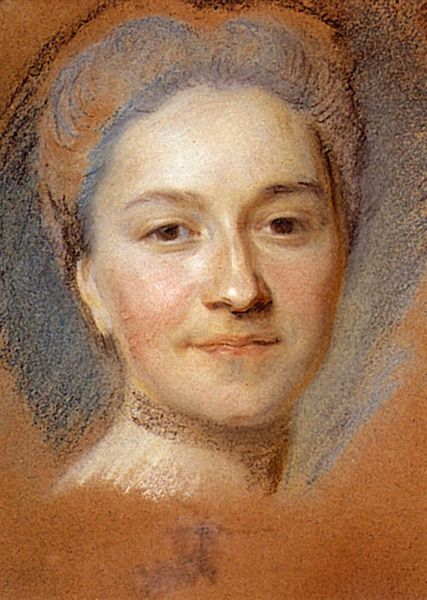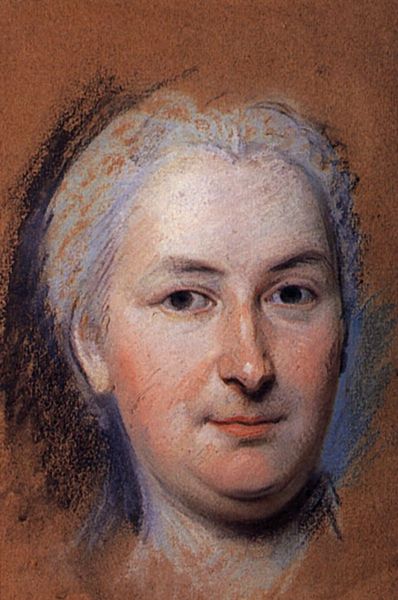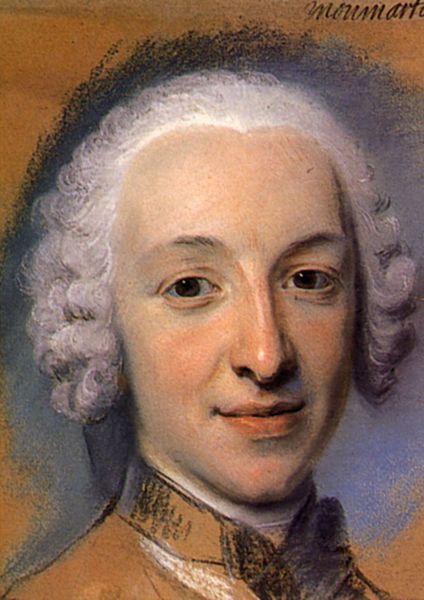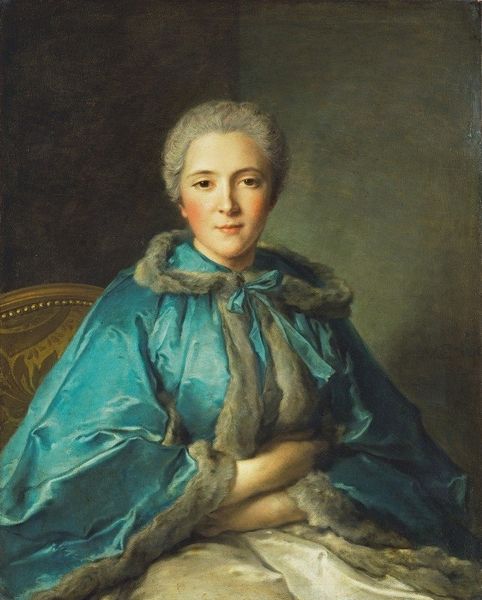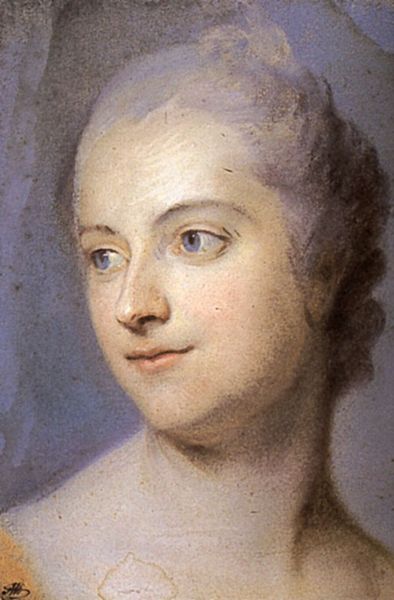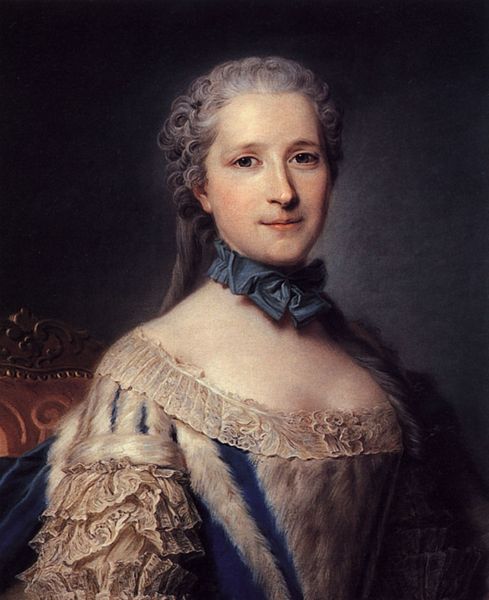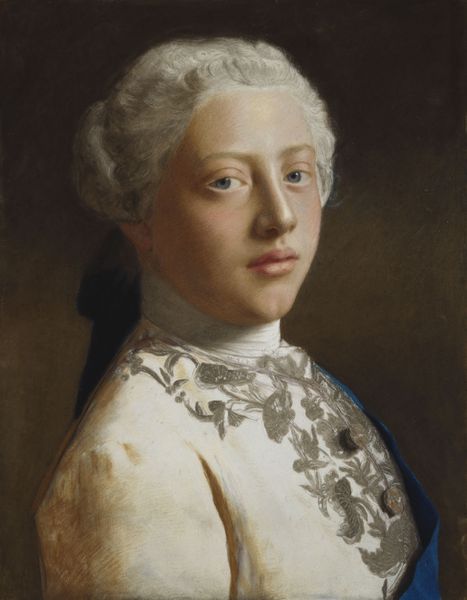
painting, pastel
#
portrait
#
painting
#
genre-painting
#
pastel
#
rococo
Copyright: Public domain
Curator: Let’s consider this “Study for Portrait of Unknown Woman,” attributed to Maurice Quentin de La Tour. Editor: My immediate reaction is…delicate. Almost ethereal. The colors are so soft, and the gaze, while direct, isn’t imposing at all. The pastel medium certainly lends itself to this kind of dreamy effect. Curator: Indeed. The piece really embodies the Rococo era, a style deeply embedded within the aristocracy and their courts. The portrait was a crucial form for projecting status and ideals within those social structures. What do you see reflected here? Editor: Well, when I consider La Tour's medium, I think of the availability of materials to working-class artists. The relative accessibility of pastels meant a broader participation, impacting artistic output and even challenging those strict societal constraints that you are talking about. And I am particularly interested in what it tells us about the labor involved— grinding pigments, mixing binders, creating the sticks themselves… it’s a physical process easy to forget. Curator: A vital reminder that art doesn't simply materialize from thin air! I am also struck by how portraiture served as a powerful tool of self-fashioning, particularly among women, in an era where social mobility was often severely restricted. How might a work like this one influence our perceptions of gender roles in 18th-century France? Editor: You know, it feels more spontaneous than a typical formal portrait. Maybe it’s the visible strokes of pastel or the artist’s choice to focus on her face alone and to render her complexion in such vivid, delicate hues, that draws the eye to her gaze. It is indeed thought-provoking that the labor and care applied in this genre and material were reserved solely for subjects within a particular social stature. Curator: Perhaps the subject, unknown as she is, achieved a certain measure of autonomy through representation. Whether intentional or not, this portrait challenges those constraints simply by existing. It also raises fascinating questions about the artist himself. How does he negotiate the complexities of court life while also engaging with a burgeoning art market beyond it? Editor: Those layers of production really are fascinating. This image shows how intertwined societal status, physical production, and artistry became in its time. Curator: Absolutely. This unknown woman's portrait captures a complex intersection of social roles and artistic agency, urging us to consider how art both reflected and influenced the structures of 18th-century society. Editor: I’ll carry a new appreciation for the process of creating such portraits. Considering the physical and the socio-economical circumstances could offer a much broader lens than traditional interpretations allow.
Comments
No comments
Be the first to comment and join the conversation on the ultimate creative platform.

